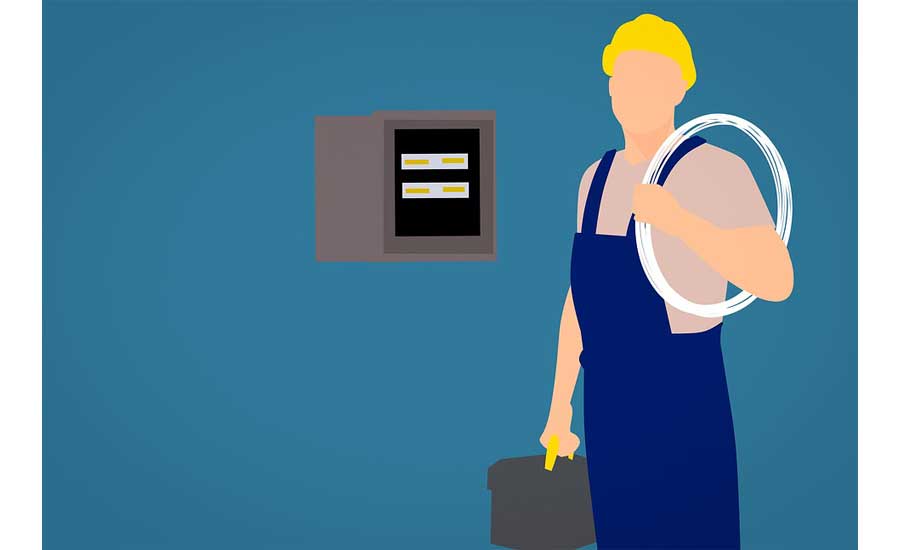These facts will come in handy during diagnosis and replacement.

One of the most common parts to fail on a single-phase HVAC system is a run capacitor, so much so that we sometimes refer to junior techs as “capacitor changers.” While capacitors may be easy to diagnose and replace, here are some things many techs may not know.
Capacitors Don’t “Boost” the Voltage
A capacitor is a device that stores a differential charge on opposing metal plates. While capacitors can be used in circuits that boost voltage, they don’t actually increase voltage themselves. We often see higher voltage across a capacitor than the line voltage, but this is due to the Back EMF (Counter electromotive force) generated by the motor, not the capacitor.
Current Doesn’t Flow Through the Capacitor, Just in and Out of It
Techs notice that the one side of power is connected to the C terminal or the side opposite the run winding. Many techs imagine that this power “feeds” into the terminal, gets boosted or shifted, and then enters the compressor or motor through the other side. While that may make sense, it isn’t actually how a capacitor works.
A typical HVAC run capacitor is just two long sheets of thin metal, insulated with an insulation barrier of very thin plastic and immersed in an oil to help dissipate heat. Just like the primary and secondary of a transformer the two sheets of metal never actually touch, but electrons do gather and discharge with every cycle of the alternating current. For example, the electrons that gather on the “C” side of the capacitor never go “through” the plastic insulation barrier over to the “Herm” or “Fan” side. The two forces simply attract and release in and out of the capacitor on the same side they entered.
The Higher the Capacitance, the Higher the Current on the Start Winding
On a properly wired PSC (permanent split capacitor) motor, the only way the start winding can have any current move through is if the capacitor stores and discharges. The higher the MFD of the capacitor, the greater the stored energy and the greater the start winding amperage. If the capacitor is completely failed with zero capacitance, it is the same as having an open start winding. Next time you find a failed run capacitor (with no start capacitor), read the amperage on the start winding with a clamp to see what I mean.
This is why oversizing a capacitor can quickly cause damage to a compressor. By increasing the current on the start winding the compressor start winding will be much more prone to early failure.
The Voltage Rating is What it Can Handle, Not What it Will Produce
Many techs think they must replace a 370v capacitor with a 370v capacitor. The voltage rating displays the “not to exceed” rating, which means you can replace a 370v with a 440v but you cannot replace a 440v with a 370v. This misconception is so common that many capacitor manufactures began stamping 440v capacitors with 370/440v just to eliminate confusion.
You Can Test a Capacitor While the Unit is Running
You simply measure the current (amps) of the motor start winding coming off of the capacitor and multiply it times 2652 (on 60hz power 3183 on 50hz power) and then divide that number by the voltage you measure across the capacitor.

